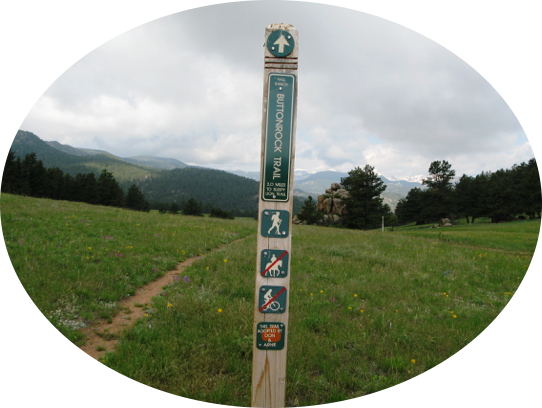What does the Artist's Way have to do with a Voice of Customer community?
If you’re like me you probably have a latent, and possibly starved desire to create. This is largely because I come from a family with one brother, who is a ceramicist, and the other brother is a set designer. I work on a computer. And typically I have held the more common ways of creating: painting, making music, drawing as the more ‘real’ types of creativity. But I think I’ve been looking at it all wrong.
I’ve been wanting to read the Artist’s Way for several years. I was curious to learn what the ‘way’ is and what it meant. So as part of a Christmas gift to myself I ordered a copy and there was a sentence from one of the first pages and it made me sit up, put the book down for a moment and really think what it meant and how it applied to the work I do and the community we are trying to build.
The sentence was “Creativity flourishes in an atmosphere of safety and acceptance”.
This sentence made me rethink and reframe what creativity means within the context of product marketing and product development and how creativity is critical to generate ideas for new solutions. I also thought about the work we do with Voice of the Customer where we are building a community of trust to learn, share and grow. But now that I think more about it, I’d extend that thinking a bit to suggest that a Voice of the Customer community is a catalyst for creativity.
In product marketing or development, we are imaging the future and attempting to create the solutions we might need to address challenges or take advantage of possibilities. I can’t predict what’s going to happen next week at times but to push and work through where we’d like to be, recognizing we can’t possibly know what’s coming next month never mind next year takes original thinking.
At most of our VoC events, we talk about our roadmap and ask the community to prioritize where we should put our time and resources. But one of the most insightful parts of the exercise is when we ask the group, “what’s missing”, '“what haven’t we thought about”, or “what are we late on”?
Of course, getting to this point of creativity requires more than just adding a ‘brainstorming’ session to the event. In fact, I don’t know of any other sure-footed way to douse an adult’s creative spark than to suggest a brainstorming session.
So instead of saying “what’s most the most important feature we should be working on?” we ask the community to visualize “What do you need to be successful?”. And that’s when things get interesting. Because not only do the capabilities critical to our customer’s success appear but solutions we had not considered or perhaps had backlogged show up with frequency and sometimes urgency across the community.
These exercises in creativity are part of our VoC events and are effective because we consistently listen and adapt to create an “atmosphere of safety and acceptance”. But what I like most about these exercises is that they tap into that desire in all of us to be creative, to think originally and extend our imagination into how we innovate and change how we work.
